Uncategorized
-
 Agriculture
AgricultureClimate change threatens quality of French, Swiss wines
Wine quality could suffer as climate change desynchronizes warm temperatures and droughts, preventing grape growers from harvesting at the optimum time.
-
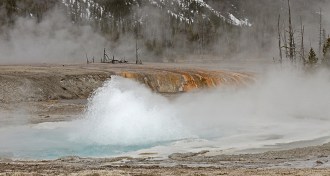 Earth
EarthCO2 shakes up theory of how geysers spout
Carbon dioxide helps fuel eruptions of Spouter Geyser, and perhaps other features, in Yellowstone National Park, new research suggests.
-
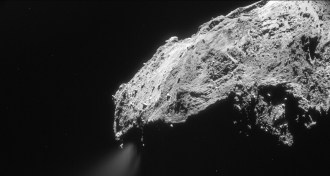 Planetary Science
Planetary ScienceComets carried noble gases to Earth
Asteroids might have delivered water to Earth, but comets could be responsible for noble gases and amino acids, a new study suggests.
-
 Science & Society
Science & SocietyEverything you ever wanted to know about hair — and then some
'Hair: A Human History' details the surprising role hair has played in human history.
By Meghan Rosen -
 Math
MathMathematicians find a peculiar pattern in primes
Consecutive prime numbers don’t behave as randomly as mathematicians assumed.
-
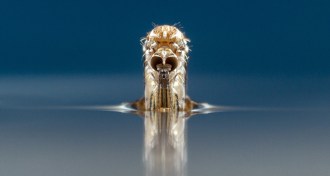 Health & Medicine
Health & MedicineSpecial Report: Here’s what we know about Zika
Tracing Zika’s path and its potential links to microcephaly in babies and Guillain-Barré syndrome has scientists planning a new war on mosquitoes.
-
 Health & Medicine
Health & MedicineHow Zika became the prime suspect in microcephaly mystery
New evidence in human cells strengthens the case against Zika in Brazil's microcephaly surge, but more definitive proof could come this summer from Colombia.
By Meghan Rosen -
 Paleontology
PaleontologyHow to tell if a T. rex is expecting
A “pregnancy” test for tyrannosaurs relies on chemical analyses of medullary bone, a reproductive tissue found in female birds.
By Meghan Rosen -
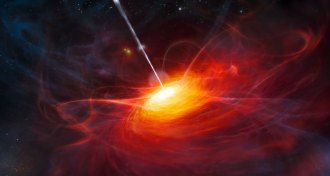 Astronomy
AstronomyQuasars’ distance no longer in question
Astronomers now know quasars live around black holes in remote galaxies, but 50 years ago, one researcher argued they were much closer.
-
 Physics
PhysicsLike birds of a feather, sperm flock together
Studies of sperm show that they swim in groups because of the elasticity of the mucus they travel through.
-
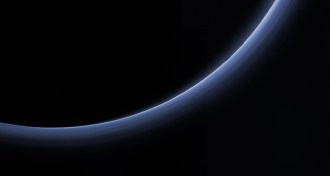 Planetary Science
Planetary ScienceGet your Pluto trivia down cold
Eight months after visiting Pluto, the New Horizons spacecraft has delivered a wealth of details about the dwarf planet and its family of moons.
-
 Humans
HumansPacific islanders got a double whammy of Stone Age DNA
Neandertal and Denisovan genes influence the health of present-day Melanesians.
By Bruce Bower